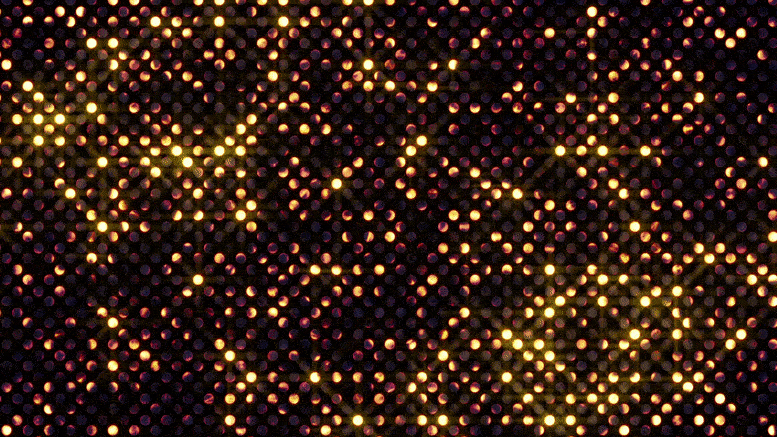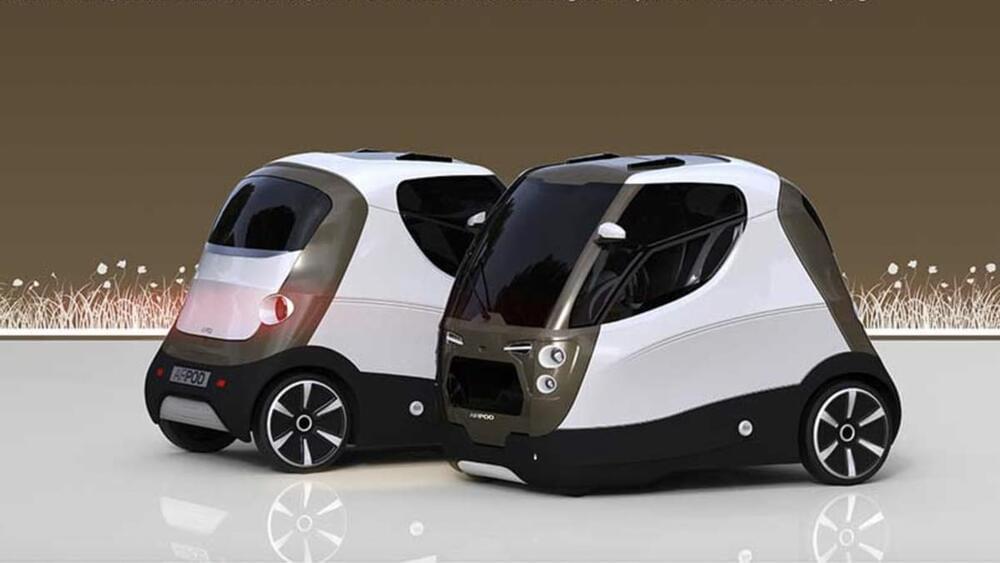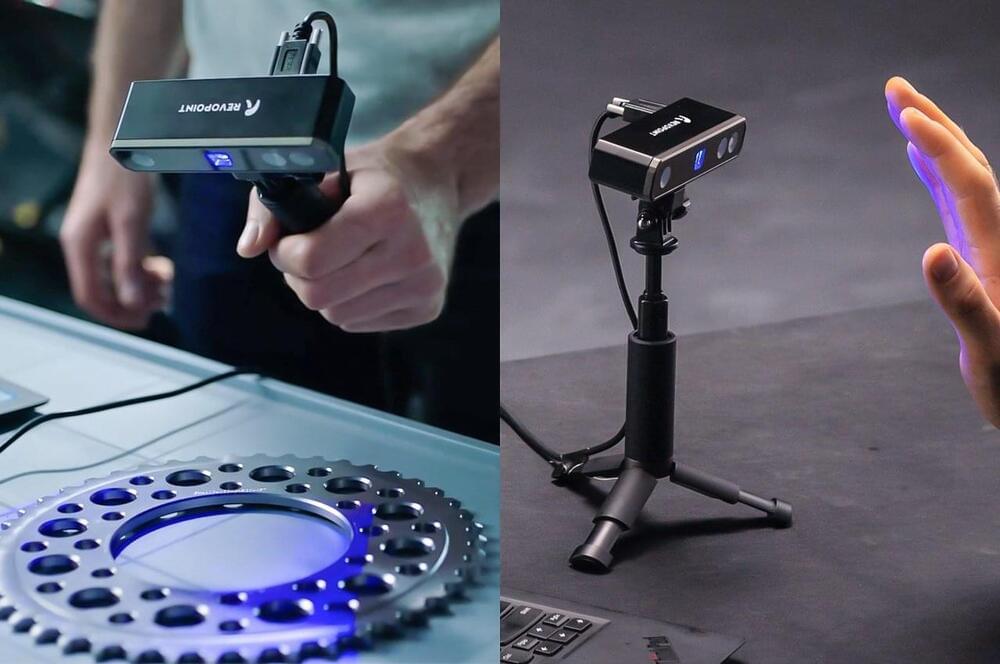
Researchers from Japan design a tunable physical reservoir device based on dielectric relaxation at an electrode-ionic liquid interface.
In the near future, more and more artificial intelligence processing will need to take place on the edge — close to the user and where the data is collected rather than on a distant computer server. This will require high-speed data processing with low power consumption. Physical reservoir computing is an attractive platform for this purpose, and a new breakthrough from scientists in Japan just made this much more flexible and practical.
Physical reservoir computing (PRC), which relies on the transient response of physical systems, is an attractive machine learning framework that can perform high-speed processing of time-series signals at low power. However, PRC systems have low tunability, limiting the signals it can process. Now, researchers from Japan present ionic liquids as an easily tunable physical reservoir device that can be optimized to process signals over a broad range of timescales by simply changing their viscosity.

















